Table of Contents
The Cuban flag, also known as the flag of Cuba, holds a significant place in the country’s history and culture, representing the Cuban identity and heritage. With its distinctive colors and meaningful symbolism, the flag stands as a powerful symbol of unity and pride. In this article, we will delve into the intriguing aspects of the Cuban flag, exploring its design, historical background, and the symbolism behind its elements.
The Cuban flag consists of three horizontal bands of blue, white, and blue, with a red equilateral triangle on the hoist side, and a white five-pointed star in the center of the triangle. The flag’s colors and symbols hold deep significance for the Cuban people and reflect the nation’s values, aspirations, and historical significance.
Cuban Flag: Colors and Symbolism
- The flag of Cuba features three horizontal bands of blue, white, and blue.
- Positioned on the hoist side is a red equilateral triangle, symbolizing the blood shed for independence.
- In the center of the triangle lies a white five-pointed star, representing freedom and the unity of the Cuban people.
- The blue bands signify the sky and the sea, reflecting Cuba’s geographical position and natural beauty.
- The white band symbolizes purity and peace, reflecting the aspirations for a harmonious society.
- The entire design of the flag embodies the Cuban people’s determination to overcome oppression and strive for sovereignty and independence.
Flag of Cuba
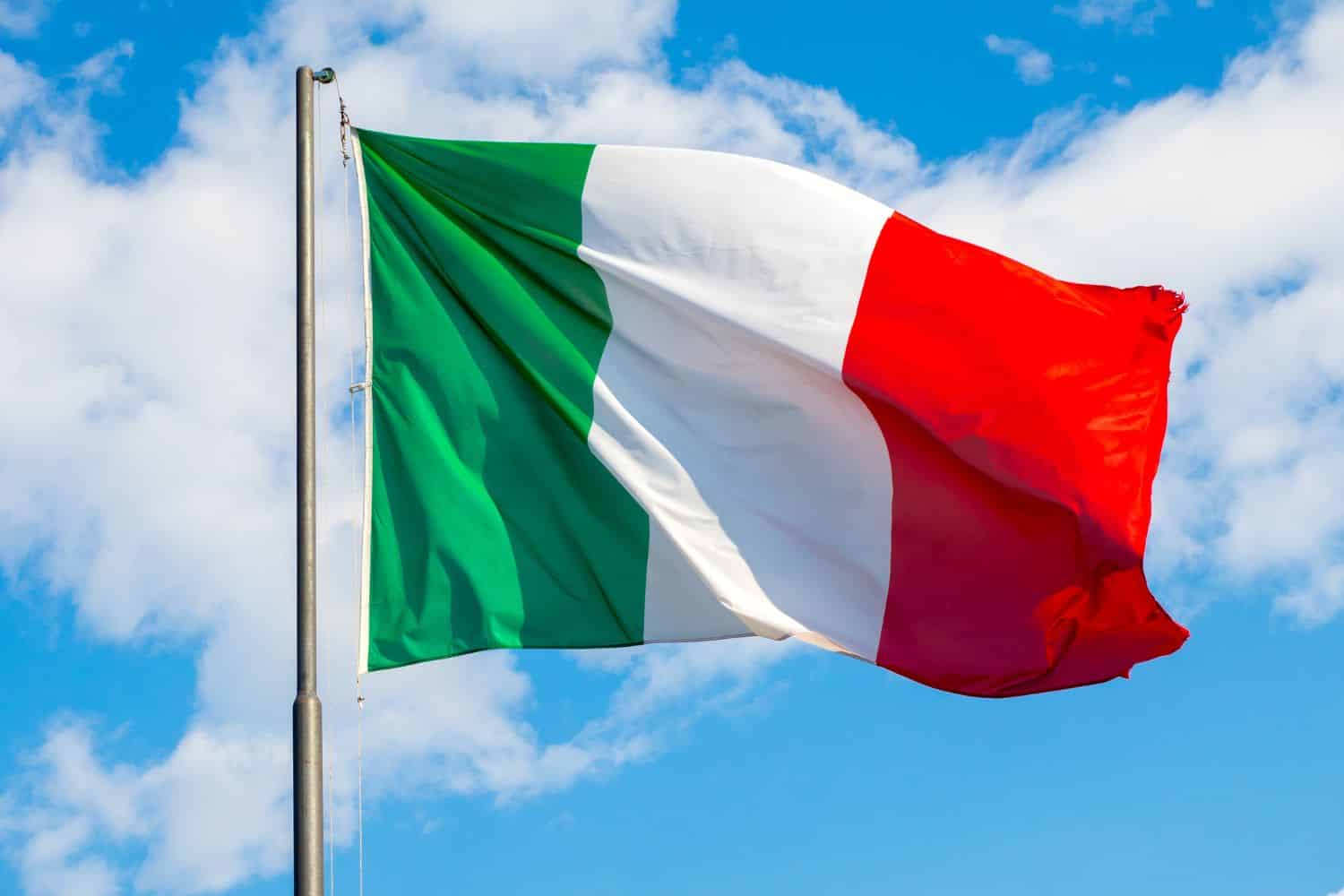
The Cuban flag features three horizontal bands: blue, white, and blue from top to bottom. On the hoist side, there is a red equilateral triangle, and in the center of the triangle lies a white five-pointed star.
The blue bands at the top and bottom represent the sky and the sea, symbolizing Cuba’s geographic position and natural beauty. They embody the nation’s connection to its surroundings and its aspirations for a bright future.
The white band in the middle signifies purity, peace, and the unity of the Cuban people. It reflects the hope for harmony and prosperity within Cuban society.
The red equilateral triangle on the hoist side represents the blood shed by Cuban patriots in the struggle for independence and freedom. It serves as a testament to the courage and sacrifices made by the Cuban people throughout history.
The white five-pointed star in the center of the triangle symbolizes freedom and the unity of the Cuban nation. It represents the aspirations of the Cuban people for sovereignty and independence, as well as their commitment to solidarity and cooperation.
National Flag Etiquette and Protocol
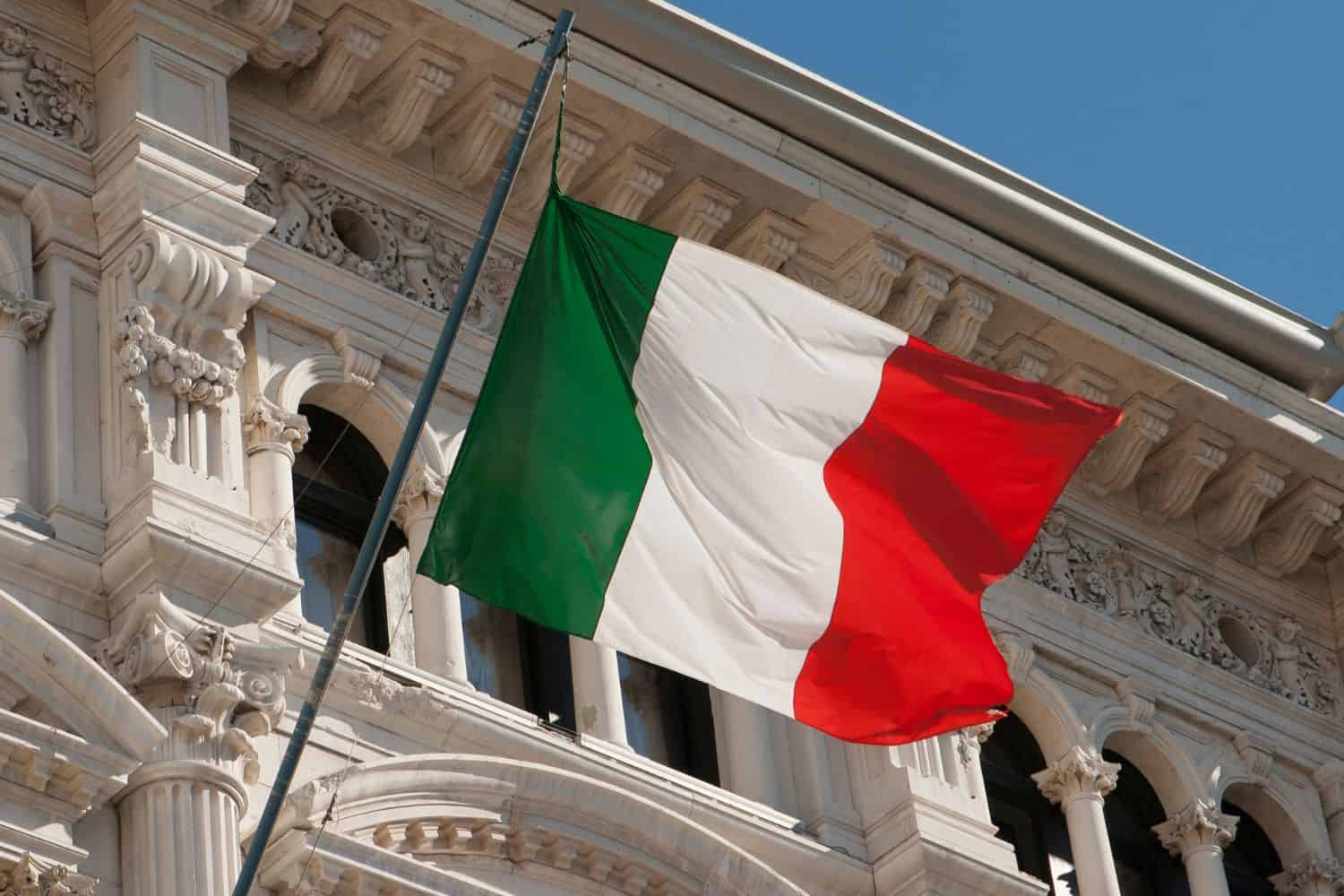
Respecting the proper usage and display of the Cuban flag is of utmost importance in honoring the nation’s identity and heritage. Understanding flag etiquette is essential, especially during national events and ceremonies. Learn about the protocols governing the handling, hoisting, and lowering of the flag. Discover the appropriate procedures for retiring or handling damaged flags, ensuring they are accorded the respect they deserve.
- Proper Handling: It is essential to handle the flag with care and respect. Avoid letting it touch the ground or floor, and hold it upright without dragging.
- Hoisting and Lowering: The flag should be hoisted briskly and lowered ceremoniously. It is customary to hoist the flag at sunrise and lower it at sunset, following specific guidelines or occasions.
- Displaying the Flag: When displaying the flag vertically, the blue bands should be on the top and bottom, with the white band in the middle. Ensure the flag is freely flown and not entangled or obstructed.
- Half-Staff: Lowering the flag to half-staff is a gesture of mourning or respect. This should be done on specific days of remembrance or as directed by authorities to honor national tragedies or the passing of significant figures.
- Flag Retirement: When a flag becomes damaged, torn, or worn out, it should be retired in a dignified manner. Follow appropriate guidelines and local regulations for retiring the flag, which may include burning it in a respectful and solemn ceremony.
- Flag Size and Placement: The size of the flag displayed should be proportionate to the flagpole or display area. Consult local guidelines or authorities for specific rules regarding flag size and placement.
- Respectful Disposal: If a flag cannot be retired through burning, it should be disposed of in a respectful manner. Consider burying it or handing it over to authorized organizations that specialize in flag disposal.
Interesting Facts and Trivia
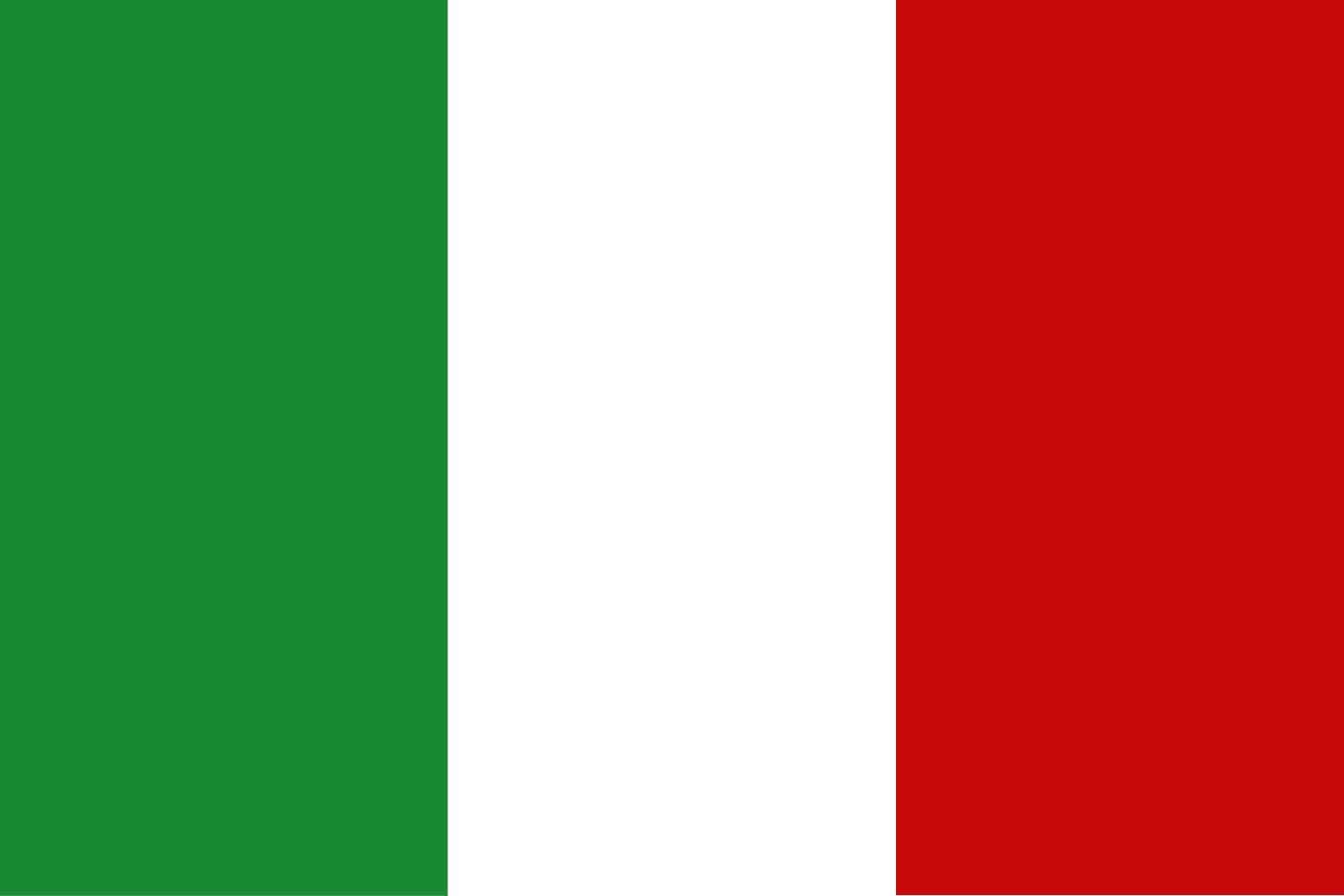
Embark on a journey through the rich tapestry of history woven into the design of the Cuban flag. Discover the hidden symbolism and unique features that make this flag a symbol of Cuba’s identity and heritage.
Rich Tapestry of History
- 1898: The flag was first hoisted during Cuba’s War of Independence against Spanish rule, symbolizing the nation’s struggle for freedom and sovereignty.
- 1902: After gaining independence from Spain, Cuba adopted its current flag, featuring the iconic blue and white stripes and red equilateral triangle.
- 1959: The Cuban Revolution led by Fidel Castro brought about significant changes in the country, but the flag remained a powerful symbol of national pride and unity.
Today, the Cuban flag continues to fly high, representing the resilience and spirit of the Cuban people. Its vibrant colors and bold design serve as a reminder of Cuba’s storied past and its determination to forge ahead towards a brighter future.
Flag-Related Symbols and Emblems
A flag serves as a powerful symbol of a nation’s identity, but it’s not alone in this representation. Dive into the additional national symbols and emblems closely intertwined with Cuba’s identity, grasping their significance and their connection to the flag. Explore their historical and cultural underpinnings to deepen your understanding of Cuba’s rich heritage. Embarking on a tour of Cuba allows you to experience firsthand the country’s most captivating destinations.
Symbolisms of the Cuban Flag
The Cuban flag is imbued with several symbolic elements that encapsulate the nation’s history, values, and aspirations. Here’s a breakdown of the symbolisms of the Cuban flag in an itemized format:
- Blue Stripes: Symbolize the surrounding seas and skies, highlighting Cuba’s geographical position as an island nation and its aspirations for freedom and openness.
- White Star: Represents the unity of the Cuban people in their pursuit of independence and sovereignty. It also symbolizes the ideals of freedom, solidarity, and equality.
- Red Triangle: Signifies the blood shed by Cuban patriots in their quest for independence and the sacrifices made for the nation’s liberation.
- Flag’s Design: Reflects Cuba’s revolutionary spirit, resilience, and commitment to its socialist principles and ideals.
- National Identity: The flag serves as a unifying emblem, fostering a sense of national pride and collective identity among Cubans, reminding them of their shared history and cultural heritage.
- National Aspirations: Through its symbolism and design, the flag embodies Cuba’s aspirations for social justice, equality, and prosperity for all its citizens.
These symbolisms embedded in the flag contribute to Cuba’s strong sense of identity and pride, echoing its historical struggles and cultural significance.
Flags of Similar Countries or Regions
Analyzing the flags of neighboring countries or regions can unveil intriguing connections. Compare and contrast the flags, delving into similarities in design, colors, or symbolism. Reveal historical and cultural ties between flags, shedding light on shared influences or unique identities. Exploring Cuba is always an option in complete safety.
Cuban Flag vs Jamaican Flag
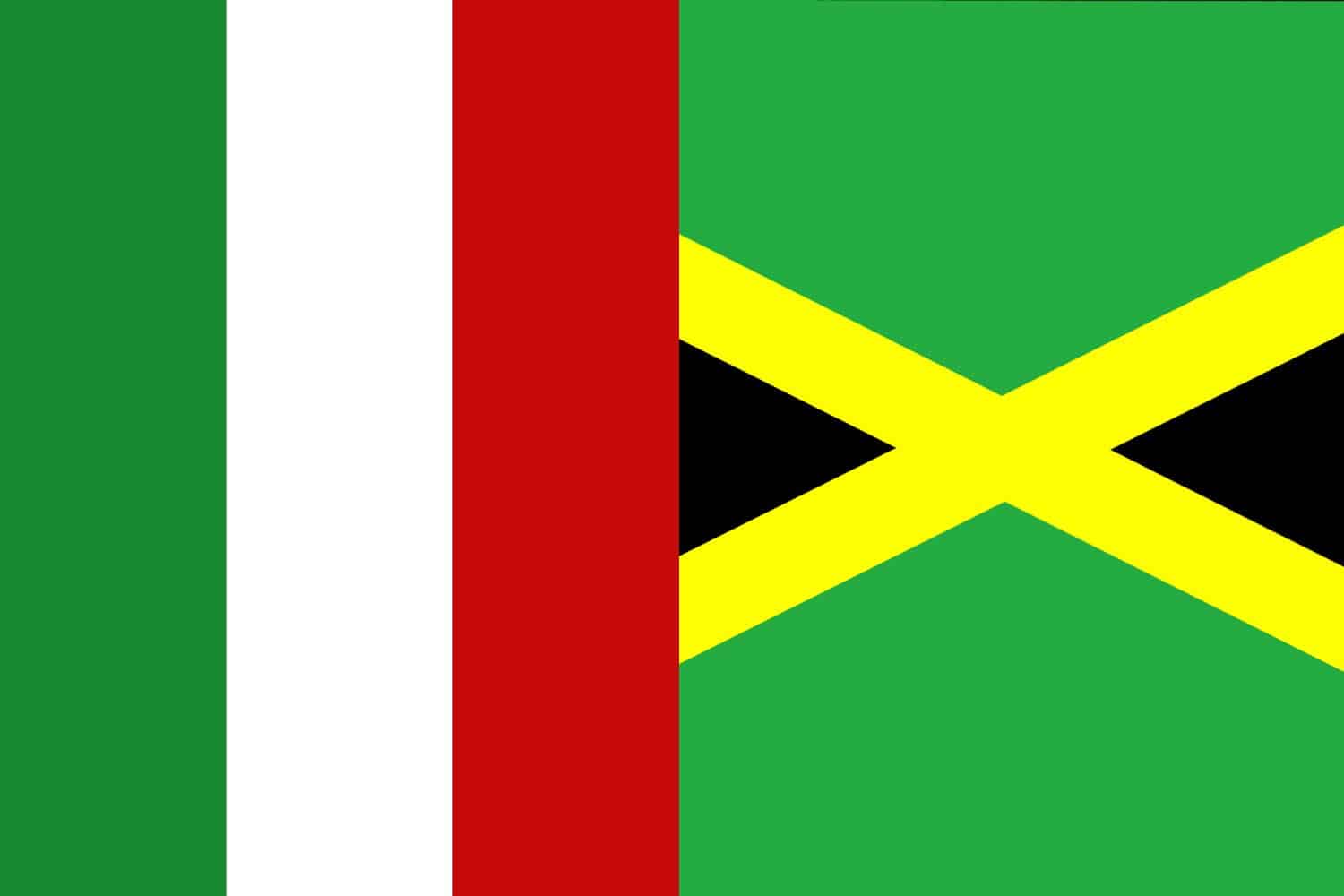
Similarity: Both flags prominently feature the color blue, symbolizing the surrounding oceans and sky.
Difference: The Jamaican flag consists of diagonal stripes of black, green, and gold, while the Cuban flag has five horizontal stripes; blue on top and bottom, with three white stripes in between, housing a red equilateral triangle on the hoist side, containing a white star.
Cuban Flag vs Haitian Flag

Similarity: Both flags incorporate the colors red, white, and blue in their design.
Difference: The Haitian flag features two horizontal bands of blue and red with a centered white rectangle containing the Coat of Arms, while the Cuban flag has a red equilateral triangle on the hoist side, housing a white star, within blue and white stripes.
Cuban Flag vs Bahamian Flag
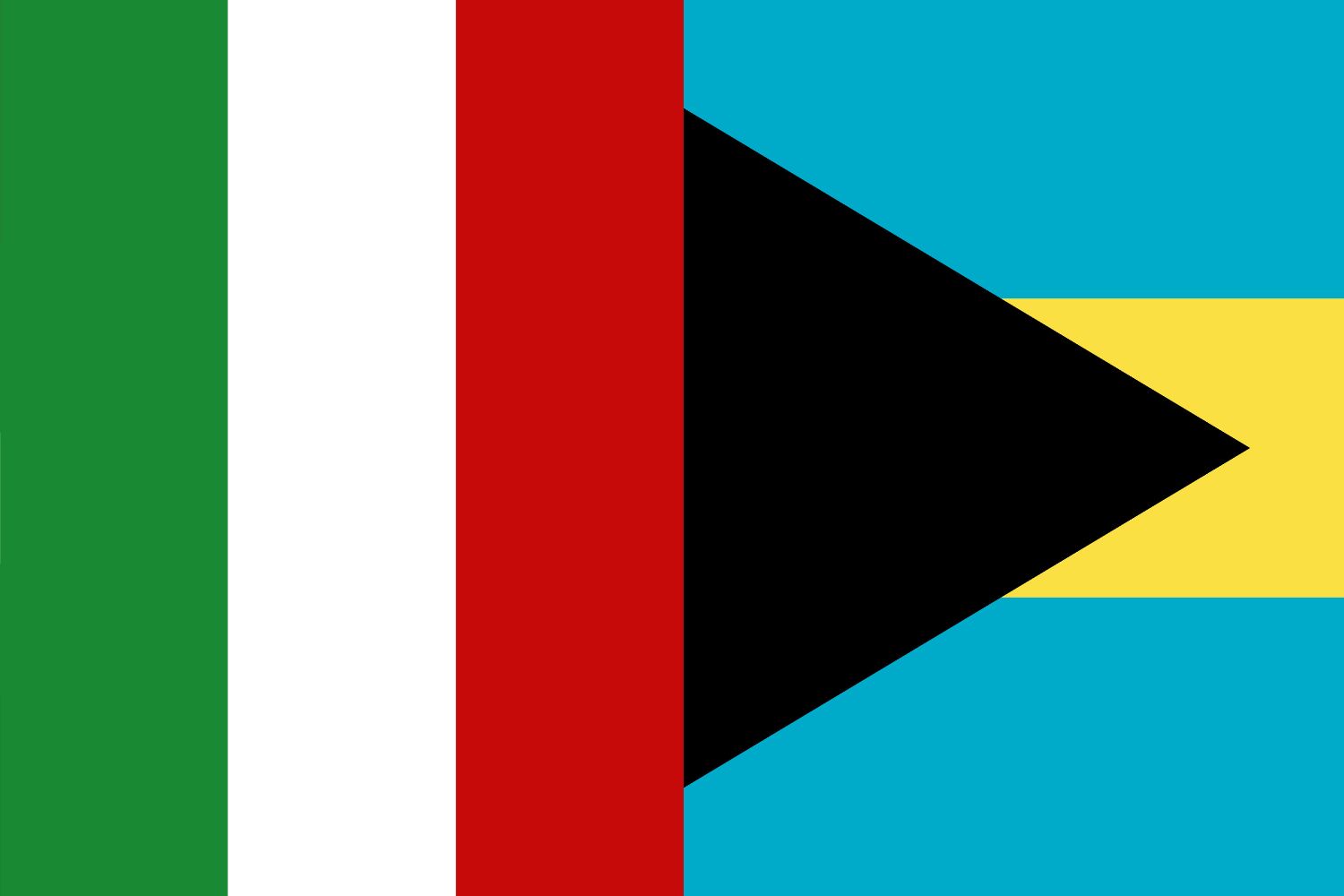
Similarity: Both flags utilize the color blue as a prominent element.
Difference: The Bahamian flag features a black equilateral triangle on the hoist side, housing three horizontal bands of aquamarine, gold, and aquamarine, while the Cuban flag incorporates a red equilateral triangle on the hoist side, containing a white star, within blue and white stripes.
Cuban Flag vs Dominican Flag
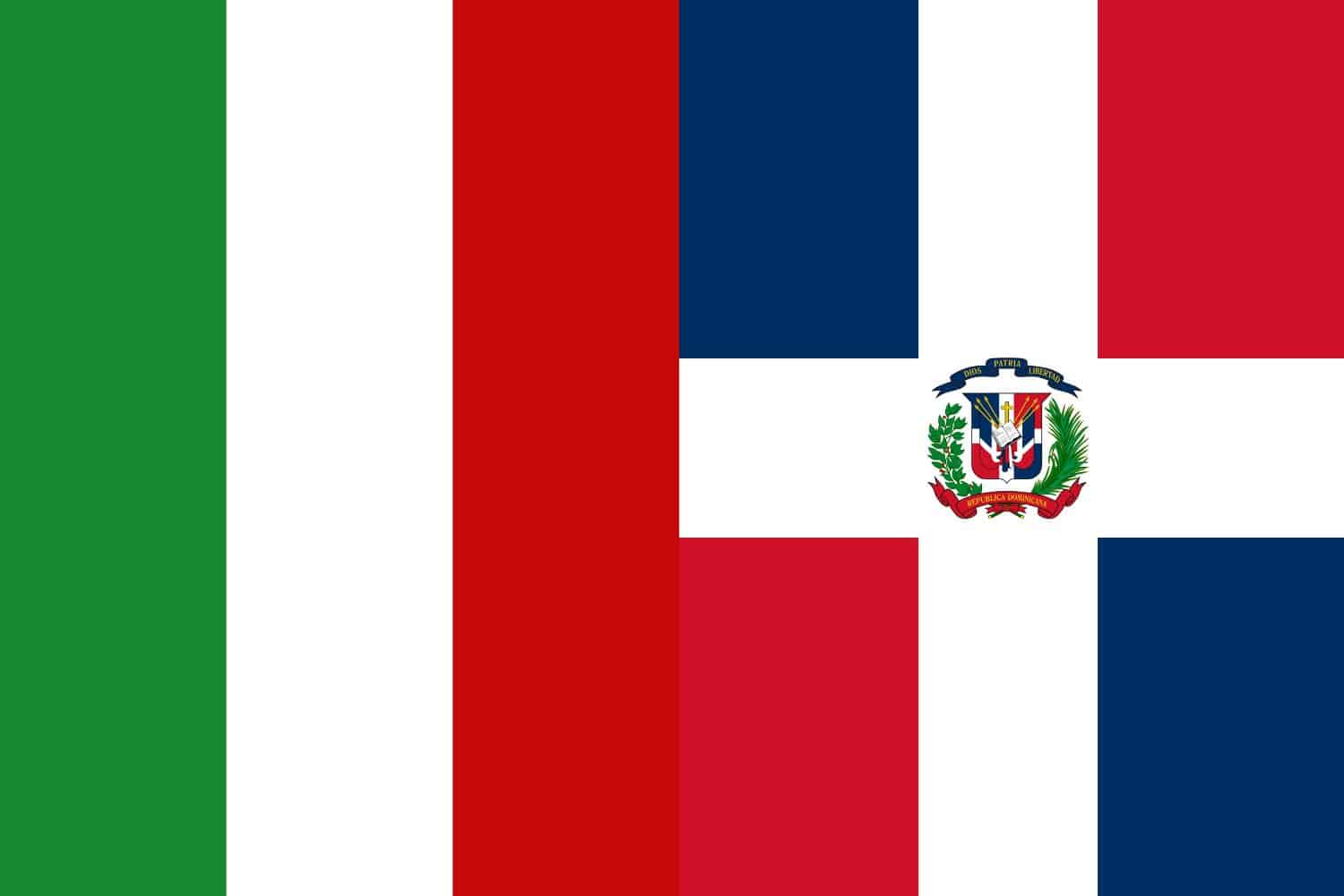
Similarity: Both flags use a combination of red, white, and blue in their design.
Difference: The Dominican flag features a centered white cross that extends to the edges, separating the flag into four rectangles of blue and red, while the Cuban flag has five horizontal stripes; blue on top and bottom, with three white stripes in between, housing a red equilateral triangle on the hoist side, containing a white star.
Cuban Flag vs Mexican Flag
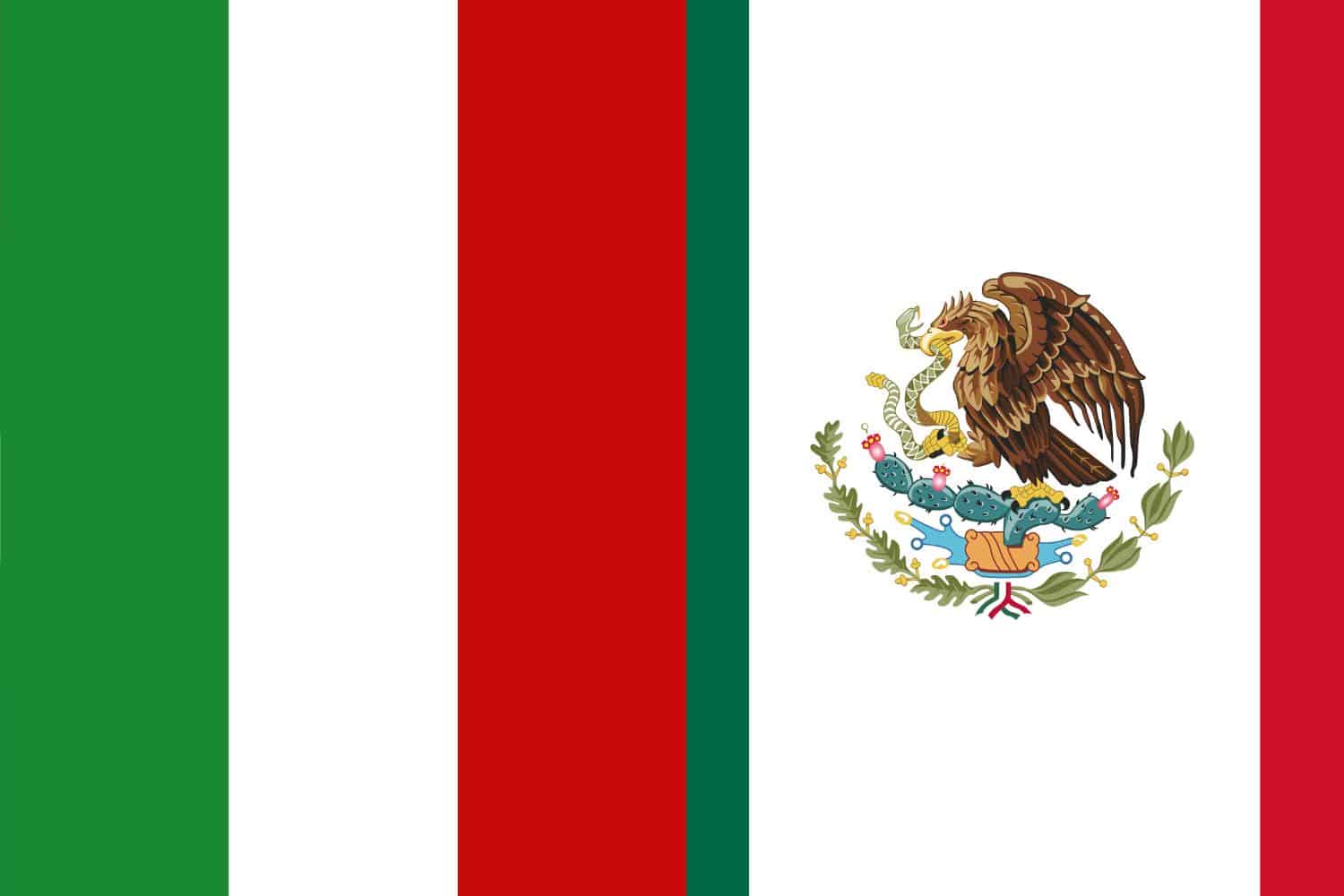
Similarity: Both flags incorporate the color red as a significant component.
Difference: The Mexican flag features a central emblem of an eagle perched on a prickly pear cactus devouring a snake, all within a centered white stripe, flanked by two green vertical stripes, while the Cuban flag has five horizontal stripes; blue on top and bottom, with three white stripes in between, housing a red equilateral triangle on the hoist side, containing a white star.
Cuban Flag vs Puerto Rican Flag
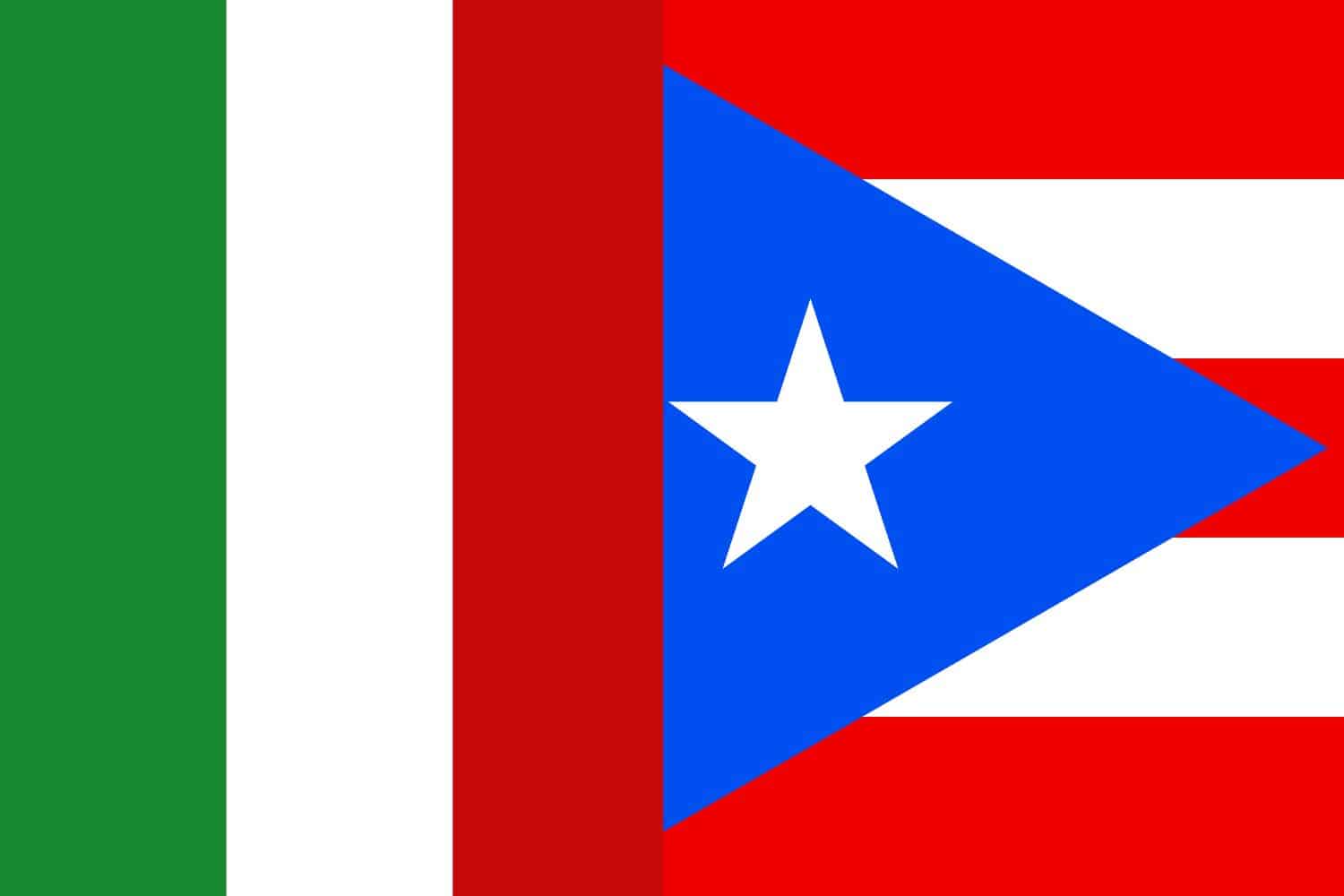
Similarity: Both flags use blue and white as part of their color scheme.
Difference: The Puerto Rican flag features five horizontal stripes of red and white with a blue equilateral triangle on the hoist side, housing a white five-pointed star, while the Cuban flag has five horizontal stripes; blue on top and bottom, with three white stripes in between, housing a red equilateral triangle on the hoist side, containing a white star.
Frequently Asked Questions (FAQs)
Find answers to common questions related to the Cuba flag picture. From its historical significance to the symbolism behind its elements, discover concise and informative responses that address inquiries frequently posed by those curious about Cuba’s flag.
What are the colors of the Cuban flag and what do they represent?
The colors of the Cuban flag are blue, white, and red. Blue symbolizes the sky and sea, white represents purity and the aspiration for independence, and red stands for the blood shed in the struggle for independence.
How many stripes does the Cuban flag have and what do they represent?
The Cuban flag has five horizontal stripes. The three blue and two white stripes represent the original provinces of Cuba when it gained independence from Spain.
What is depicted in the red equilateral triangle on the hoist side of the Cuban flag?
The red equilateral triangle contains a white five-pointed star, which symbolizes the unity of the Cuban people.
When was the current design of the Cuban flag adopted?
The current design of the Cuban flag was adopted on May 20, 1902, following Cuba’s independence from Spain.
Who designed the Cuban flag?
The Cuban flag was designed by Narciso López, a Venezuelan-born Cuban nationalist, and poet Miguel Teurbe Tolón.
What is the significance of the lone star on the Cuban flag?
The lone star represents independence and freedom, as well as the unity of the Cuban people in their struggle for sovereignty.
How is the Cuban flag commonly displayed in public?
The Cuban flag is often displayed vertically with the red equilateral triangle and white star on top, symbolizing the guiding light of the revolution.
Are there any regulations regarding the use and display of the Cuban flag?
Yes, there are regulations governing the use and display of the Cuban flag, including rules about its size, proportions, and respectful treatment.
